Picking up where I left off in Part 1: After a few days in Provence, we headed to our final destination, the Languedoc-Roussillon, where we stayed for almost two weeks. That part of France isn’t as well-known as Provence, but a winemaker told me it’s the largest winemaking region in the world, so I knew we wouldn’t have any trouble finding wine, nor did we have trouble finding things to eat. Having grown up in New England, I’m used to eating seafood by the sea, which isn’t all that common in other parts of France. Seaside regions like Brittany and Normandy are lovely but too chilly to eat outside most of the year. In some places, there are upscale restaurants facing the water, but I really like simple when it comes to seafood. And a favorite place to enjoy seafood by the sea is La Cambuse du Saunier in Gruissan. The restaurant is attached to a salt-harvesting facility, so you can see the salt marshes from the benches of the restaurant, where paludiers scoop up sea salt into big piles and rake up the more delicate fleur de sel. There’s nothing fancy here, and they’ve wisely designed the tables with a center sections that moves to create two seating area, so you’ll be sharing the table with other diners, but not sitting right next to them. Years ago, we stayed at a B&B in Brittany where the owner had a book of business cards from local restaurants she recommended. I found a seafood restaurant where the food was simple and you dined at communal tables. When we returned, I told the owner about how good it was and suggested she add it to her recommendations, but she told me that she used to include it, but guests didn’t like eating there because people don’t like to share tables with other diners. So La Cambuse du Saunier found a good solution. And interestingly…we’ve often had interesting conversations with tablemates here, across the center divide. (Wouldn’t it be nice if politicians could do the same?) Having lived in San Francisco for many years, I’m used to meaty Dungeness crabs. The tourteau (crab) we ordered that was served with aïoli was fine but a lot of work, with minor rewards, to pull the little bits of meat out. French people have a lot more patience for doing things like that. But I did love the oysters we had that were freshly plucked from the water and shucked. For those who want to do it up, they do very nice seafood platters heaped with oysters, shrimp, sea whelks, mussels, and crab, served with the traditional bread and salted butter. And if you don’t want to do a full bottle of wine, the vin blanc from the La Vendémiaire cooperative by the 50cl carafe is a more manageable size. Generally speaking, French people also prefer whole fish rather than filets, which don’t get boned with the same precision as they do in the States. On the other hand, fish (and meat) generally tastes better when cooked closer to the bones. And the salt-baked dorade was really delicate, and delicious, which Romain skillfully boned for me. You might not believe me, but the real star here is the rice. Rice may not sound all that exciting, but their rice is excellent, a blend from a local rizière, rice grower, that’s a mix of various rices. Like most good food, it’s served without a lot of adornment, just on its own. And it’s memorable. (Romain was wondering why I was ordering rice instead of French fries until he took a forkful of the rice and realized I’d made the right decision.) The restaurant uses as many locally produced products as possible, such as the sheep’s milk ice cream from Audeline. we shared scoops of dark chocolate and coffee ice cream, but there’s also a Tiramisel made with their fleur de sel and a Pan perdu (French toast) served with caramel ice cream, accented with the same salt. [Notes: Reservations are essential here, which you can make online, although they have a few seats at the bar for walk-ins, but don’t count on them being available. Also in Gruissan is Chez Lio, a fun restaurant serving locally caught seafood. For generous appetites, their Parillade platters of seafood are fun to share. Reservations here are essential, which they don’t take online; you’ll need to call during opening hours.] In terms of food, the best meal we had on our trip was at the Ollieux Romanis winery, which an antique store owner who used to own a restaurant told us about. We ended up spending a lot more than we planned there, including buying this table from an old orange farm for our backyard… …which we drove around strapped to the roof of our car for almost a week. Luckily, no one swiped it, but we did park it outside a thrift store and caused a bit of a commotion as people thought maybe we picked it up at another thrift store (at a thrift store price). We thought we were eating at La Touketa restaurant, which has a spectacular view of the winery and Corbières, but after driving up to the top of the hill and finding it closed (it was a bit chilly out), we found the restaurant down below, attached to the winery. I’m super picky about where I’ll eat steak tartare, and I felt pretty confident this was the place to order it, and I was right. It was one of the best versions I’ve had. Usually in France, steak tartare is a main course, and it’s always a huge portion. While I like steak tartare, a little goes a long way for me. So the portions, and the seasonings, were just right. On the menu, it’s available in two sizes, and I thought we were ordering the smaller one, to share, but I think they gave us the larger one. My main course was a line-caught tuna tataki, which I always thought meant raw, but I found out that tataki can also be seared, as was this one. It was a little more seared than it needed to be since the tuna was sparkling fresh, with a black and white sesame crust, but it was excellent nonetheless, served with a roasted eggplant filled with pristine vegetables. We split a fig tart for dessert (shown further above) that was perfectly prepared as well. The figs were ripe and sweet, and the tart dough was thin but delivered some buttery flavor. There were a few dots of fig sauce on the plate, but being a winery, it would have been interesting to have a reduced red wine sauce spoon on, or around it, since red wine tends to get spicy when cooked, and it would have enlivened the dessert, but we enjoyed the tart all the same. We like to hit routiers, when we’re not picnicking, while traveling by car. I had a truly terrible sandwich at a highway rest stop on the way home, and it’s pretty hard to ruin a sandwich, but they managed to do it. So we like to bring our own food, which also does double-duty as a refrigerator clear-out before leaving for a few weeks. The largest routier in France is L’Escale Village, where we’ve eaten before, and we planned to stop there on our way home. The previous time we went, we arrived late in the evening pretty stressed as we’d been driving with the “empty tank” light on for a while and couldn’t find an open gas station. When we pulled into the town of Châteauroux, we were desperate for gas…and for something to eat. All the gas stations and restaurants were closed, so we parked the car at a hotel and saw the bright lights at L’Escale Village still burning bright, a short distance away, so we headed over there. (Fun fact: In Châteauroux-Délios there is an airport that was an American military base between 1951 and 1967 and home to some 8000 troops. It’s just across the street from the restaurant.) That night, we were relieved to find a place that would feed us and were seated in their standard brasserie, which is minimal in style, and with several truck drivers dining alone, it had a true truck stop atmosphere. Only the small part of the brasserie was open that late in the evening, which was near the bar and the semi-open, stainless-steel kitchen, and we enjoyed the atmosphere there, as well as the classic French truck stop–style fare. This time, the expansive back dining room of the brasserie was open, and they said we had to sit there since the smaller dining room was full. To make a long story short, neither of us liked the large dining room, which was drab and uninteresting, so we decided to try the dining room of the main restaurant, which ended up being not as much fun and was trying a little too hard to be something it’s not. We were both a little cranky at that point, and the whole “I don’t know…where do you want to sit?” back-and-forth had grated on me—and Romain. He decided he just wanted a main course, no wine, no first course, and no dessert. Without getting into it, when you eat at a place that has a €30 three-course pre-fixe menu, that’s usually a better deal than ordering a €25 main course, especially if the same main course is available in the €30 option. That math isn’t always evident to others, so to end the stalemate and break the ice, I made the call that we were both ordering the three-course menu. After we started speaking to each other again, we did enjoy the starters to our €30.30 three-course meals, which did carry a €2,50 supplement—two oysters, three shrimp, and three bulots (sea whelks), which came with salted butter, mayonnaise, a spiced mayonnaise, mignonette sauce—and was worth it, except for the stale rye bread. I don’t expect a lot from routiers, which are always fun and have “down and dirty” French classics, rather than textbook perfect ones. Their lower price point, and clientele looking for heartier food over highly styled food, means not everything will be perfect. They brought out some appetizers on soggy bread (above left), and I had a ballotine of chicken (a roulade of sorts) with so-so tomato sauce and excellent roast potatoes. It was fine, but I was admiring the steak-frites a neighboring table was eating. Dessert was a Floating Island, which is one of my favorite French desserts in France consisting of a poached or baked meringue floating in crème anglaise with caramel sauce and toasted nuts. The meringue was rather bland, and when I wondered where the caramel was, I noticed in the belly button–like center, there was a little pool of it waiting to come out. In place of toasted almonds, there were little soggy biscuits that were as soft as spoon-size Shredded Wheat that had been soaking in the bottom of the bowl of milk a little (or way?) too long. Needless to say, they weren’t an improvement over toasted nuts, and something burnt-looking stuck in the top didn’t add to the appeal. While L’Escale remains a fun place to go, next time we’ll stick to the more casual brasserie. (Brasserie in France refers to an informal restaurant that is often open all day. The one at L’Escale Village is open until 11:30pm.) That’s where we’ll be next time, and I’ll also stick to more traditional fare, like steak-frites. [Note: There’s now a website that lists all the routiers in France here. While an app would be helpful, the website has a search feature and a map on its homepage of where they all are. You can also buy a Guide de Relais Routiers in book form.] Once home, we started unpacking everything, including the figs that we picked in Provence and brought home. They were easily the best figs I’ve ever had, and I couldn’t leave behind the 3 flats of them we had picked. And it would have been sad to see them go to waste, which was where many of them were destined to go; because they attracted yellow jackets—in addition to me, the owners weren’t keen to have all the ripe figs around. I didn’t feel like spending a few days of my vacation in the kitchen making jam (I can do that at home!), so I cooked them to a puree so they’d take up less room, and packed them in the freezer where we were staying, until we left. I did end up making a few jars of jam while on vacation, because I just couldn’t resist… …but the first thing I did the following morning (and afternoon, and early-evening) of our return was to turn the rest of the figs into jam. And after a day of intensive jam-making, we now have nearly thirty jars of fig jam, and I’m sending a very large one to the owners of the tree so in case we go back, they’ll let us haul away their excess. Invite your friends and earn rewardsIf you enjoy David Lebovitz Newsletter, share it with your friends and earn rewards when they subscribe. |
Saturday, September 21, 2024
Where We Ate on Vacation
Subscribe to:
Post Comments (Atom)




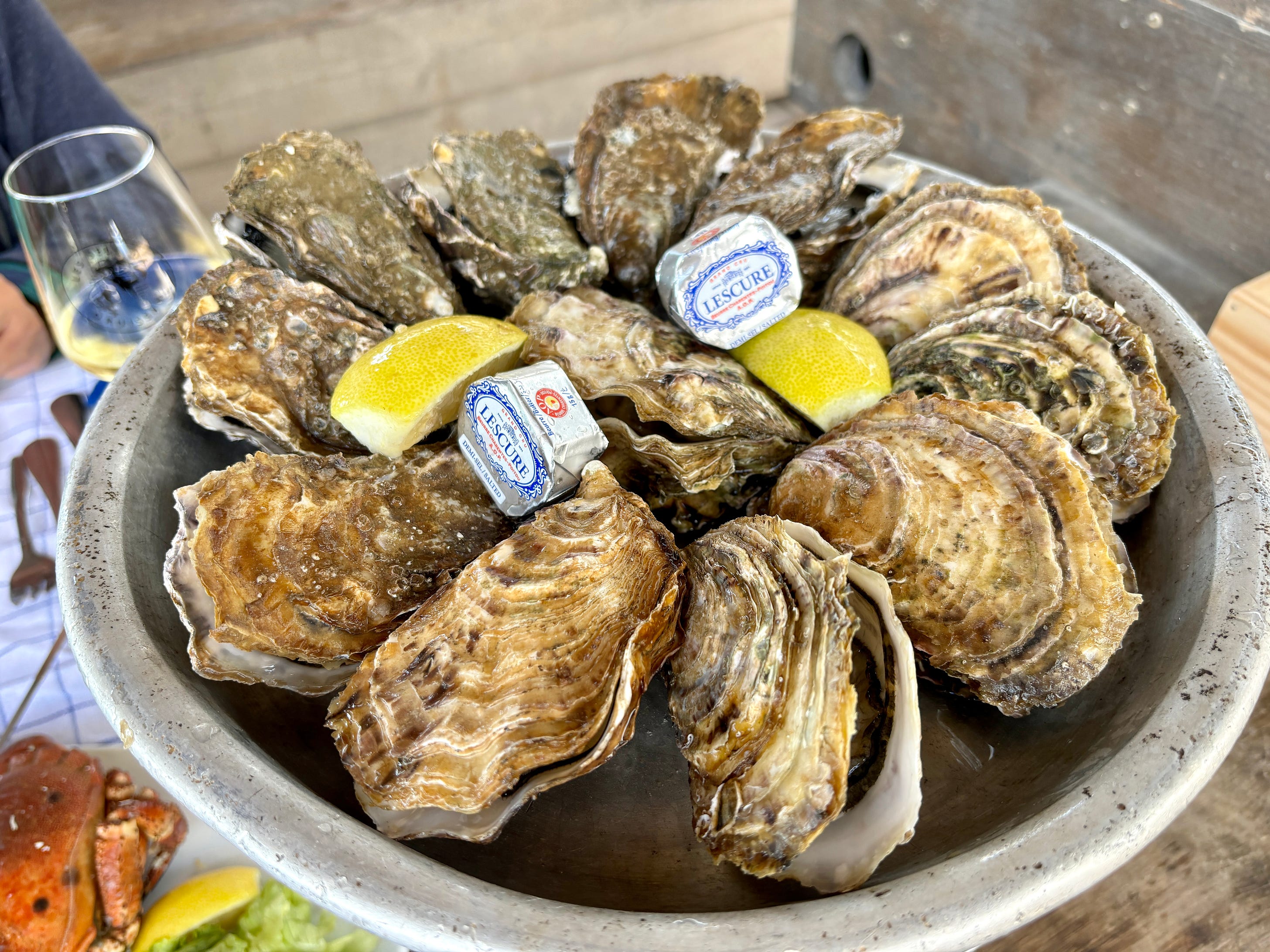
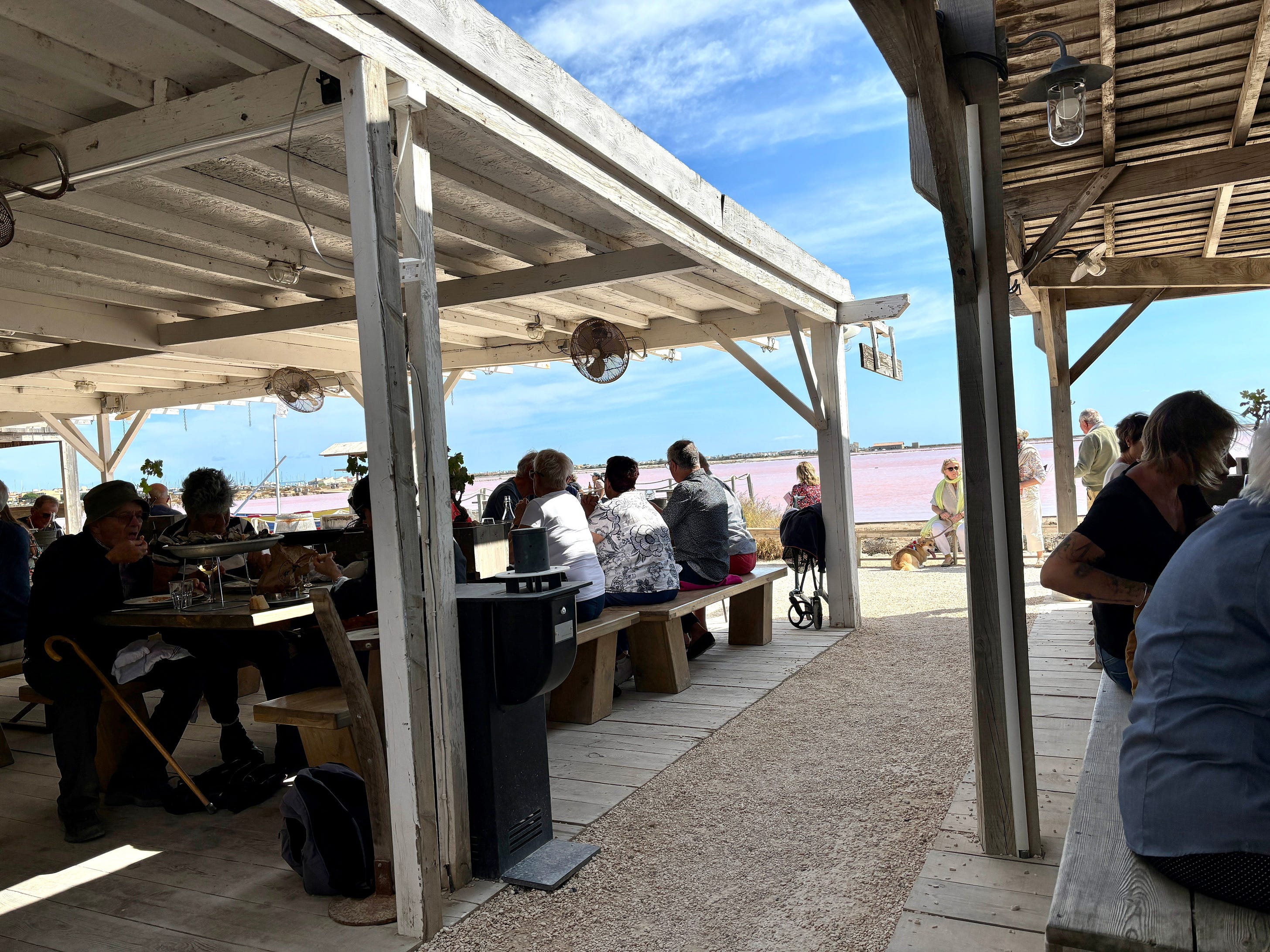
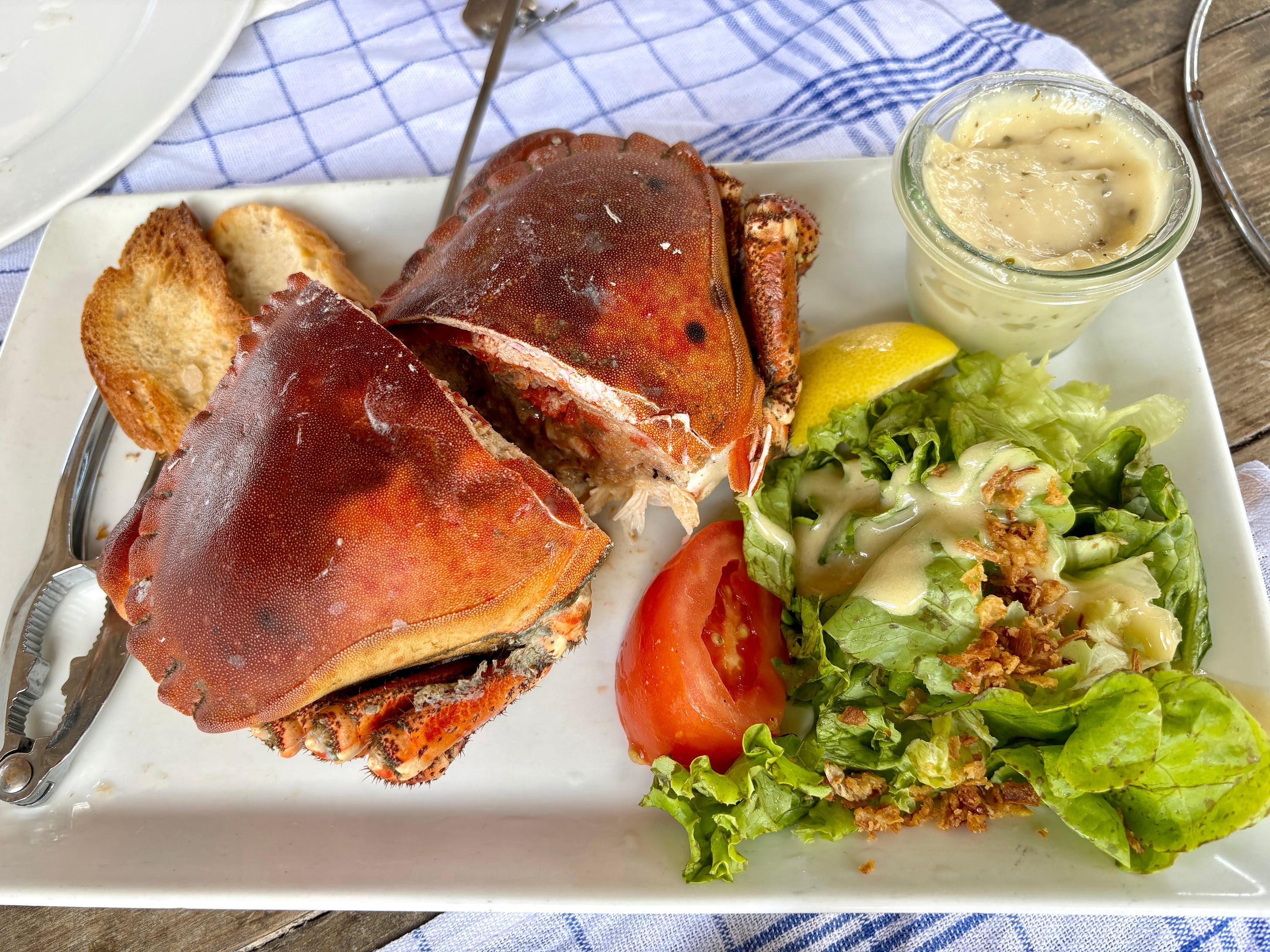
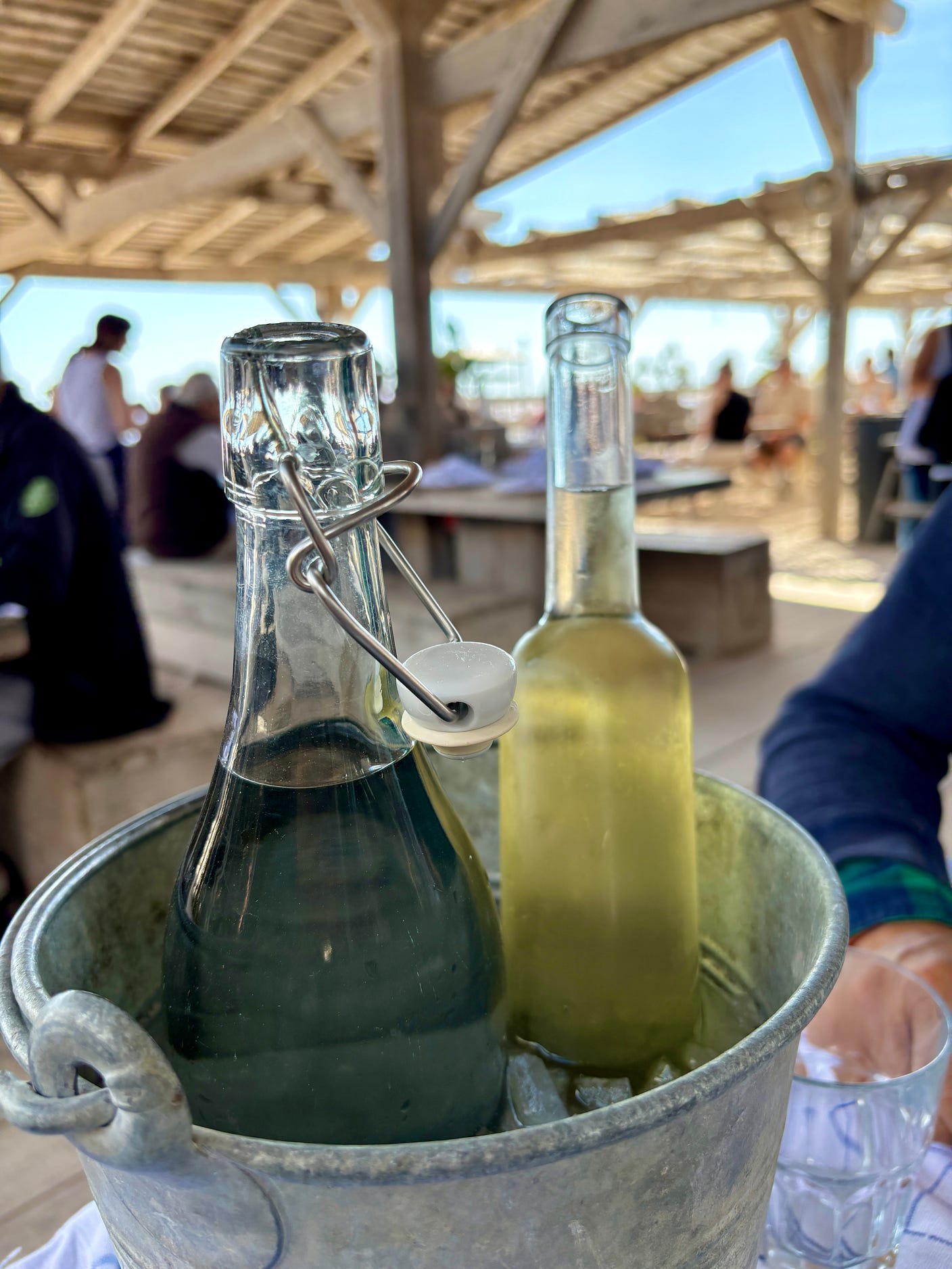

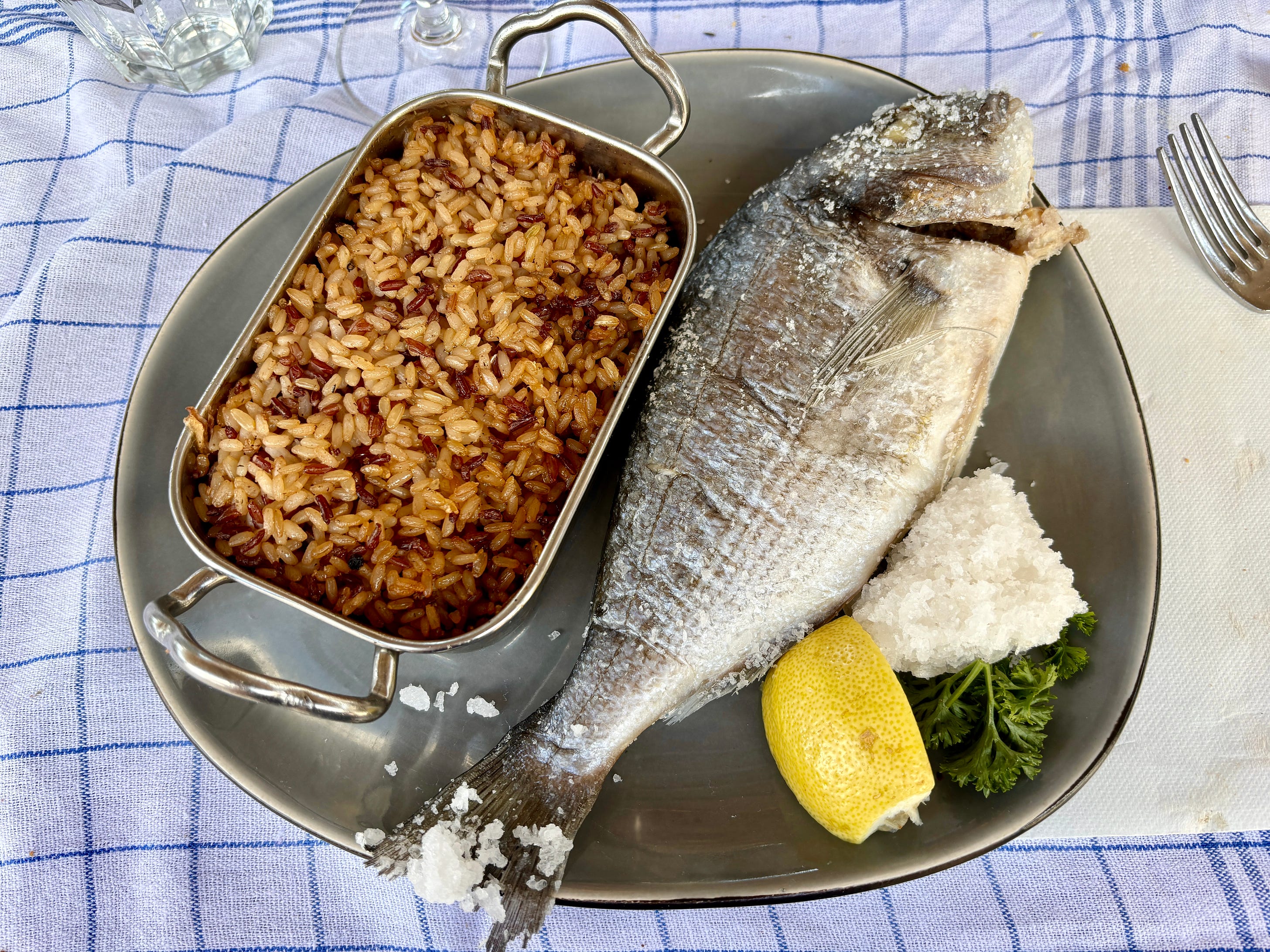
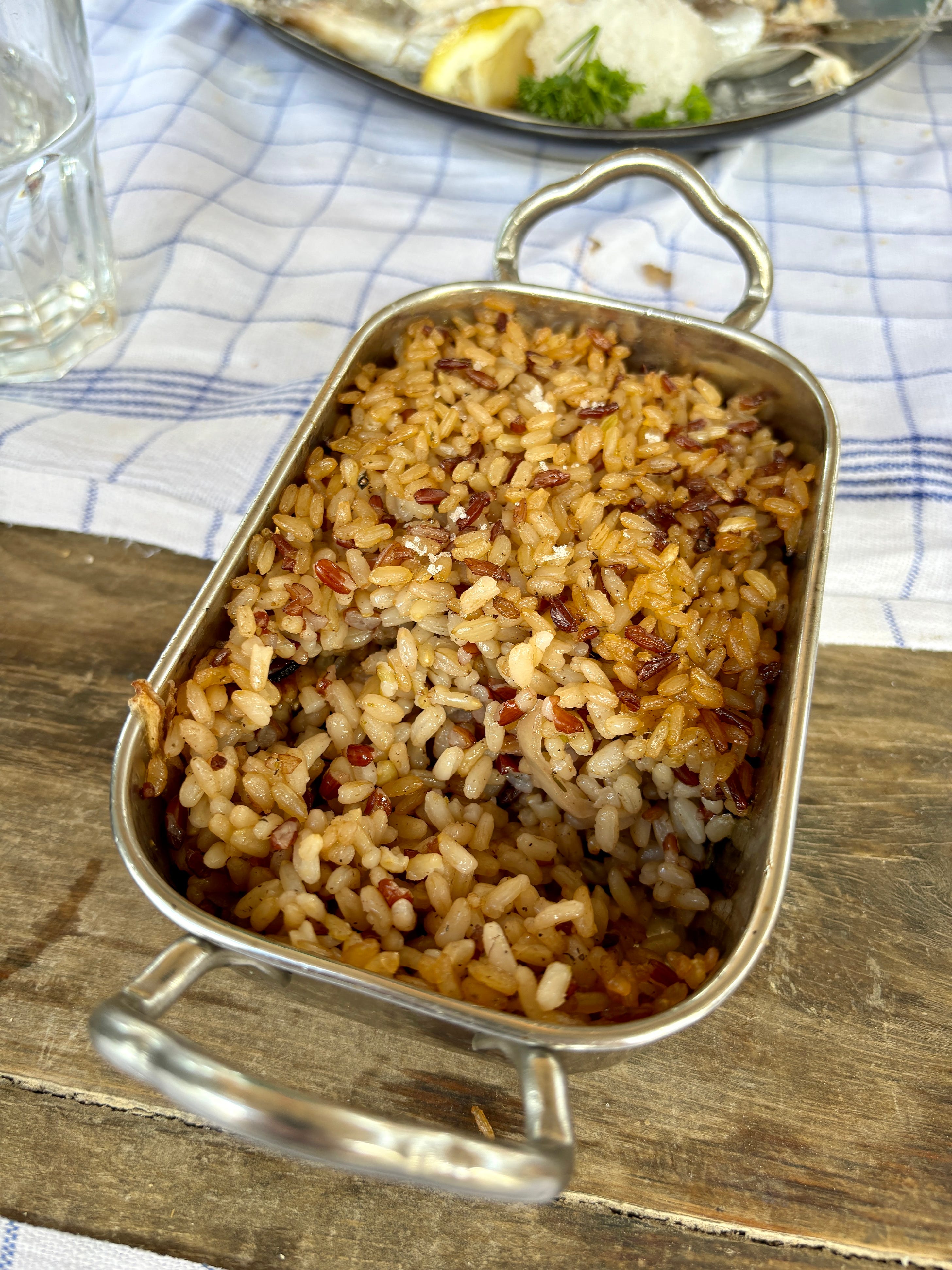
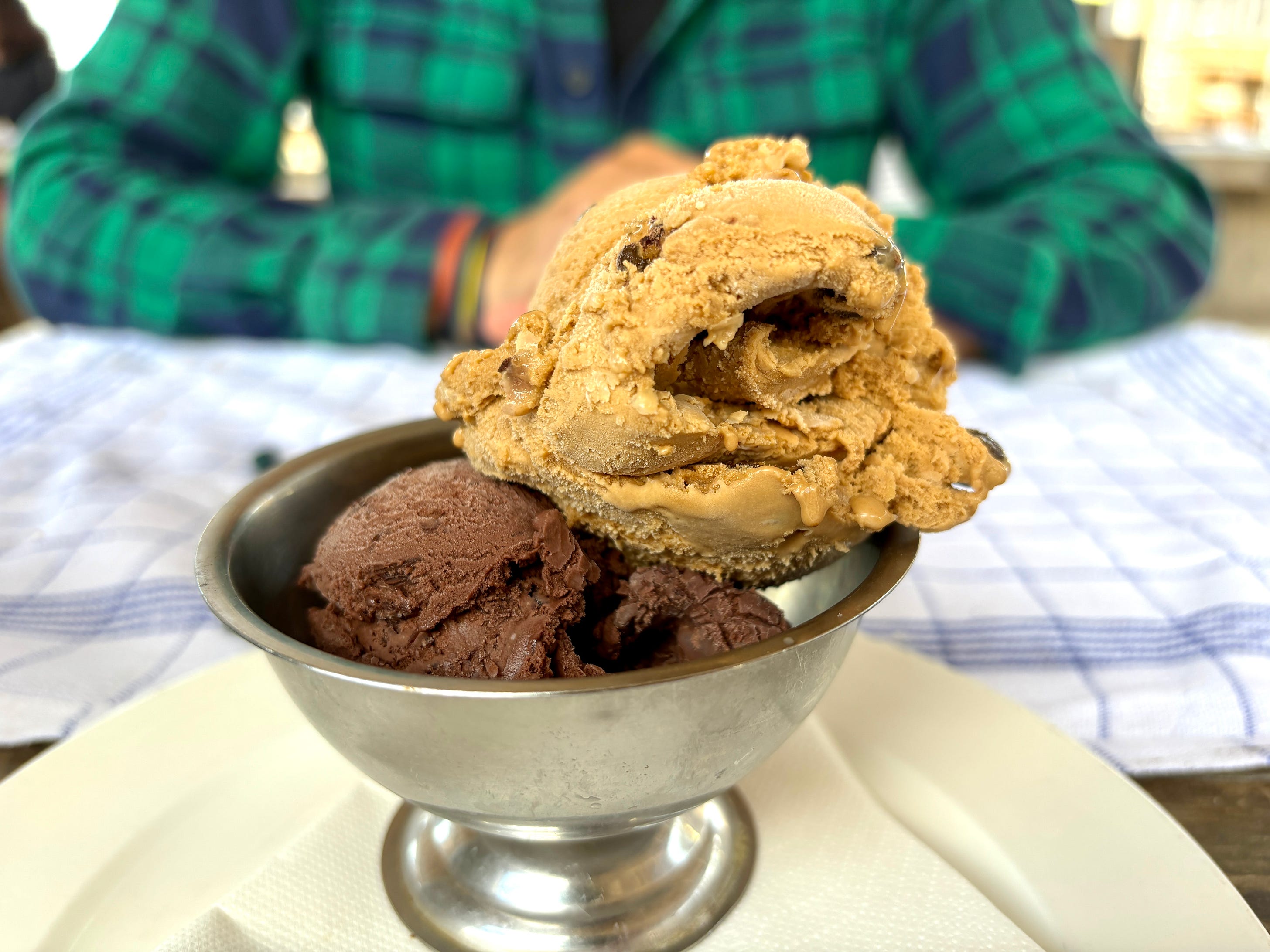
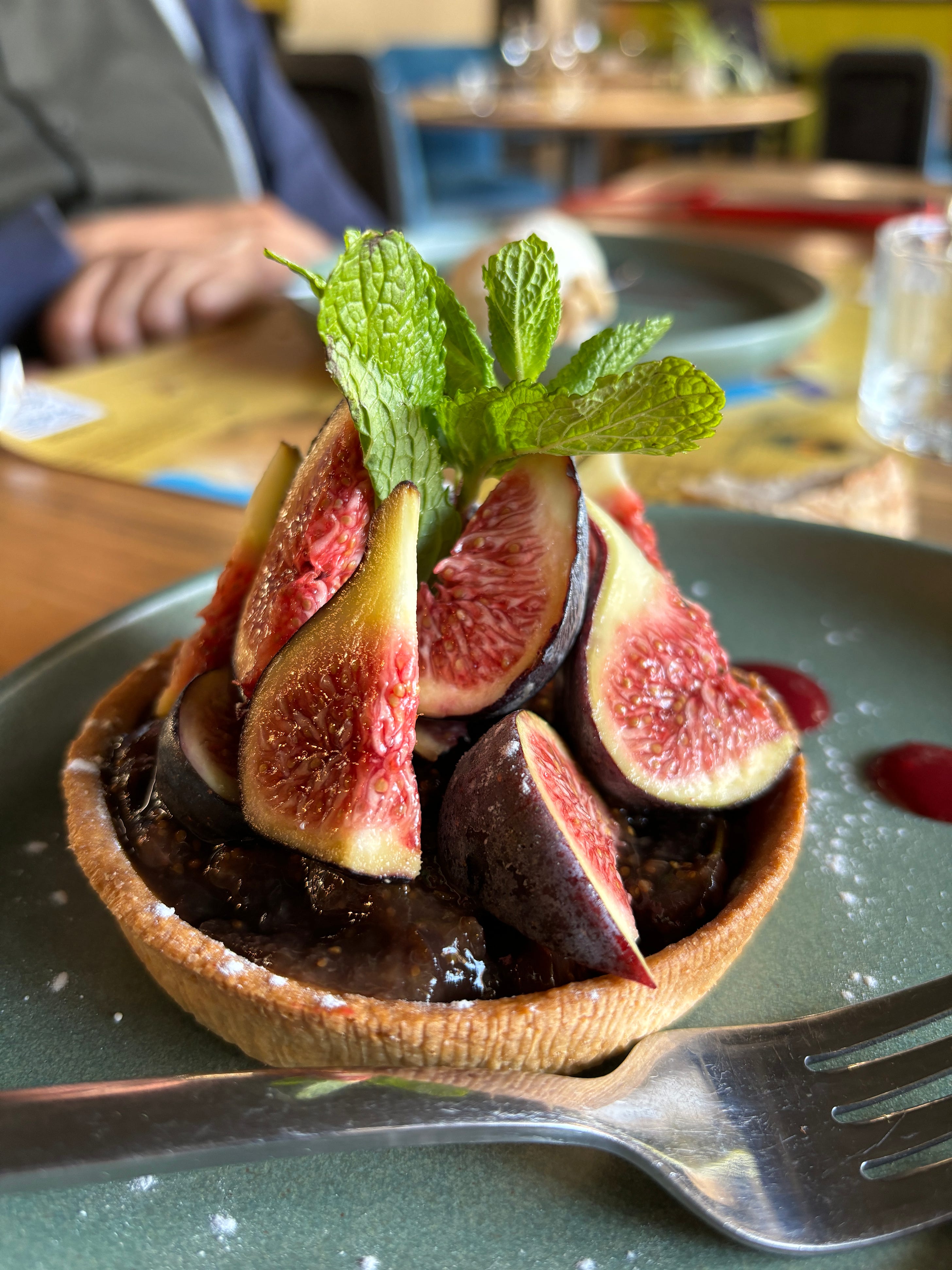
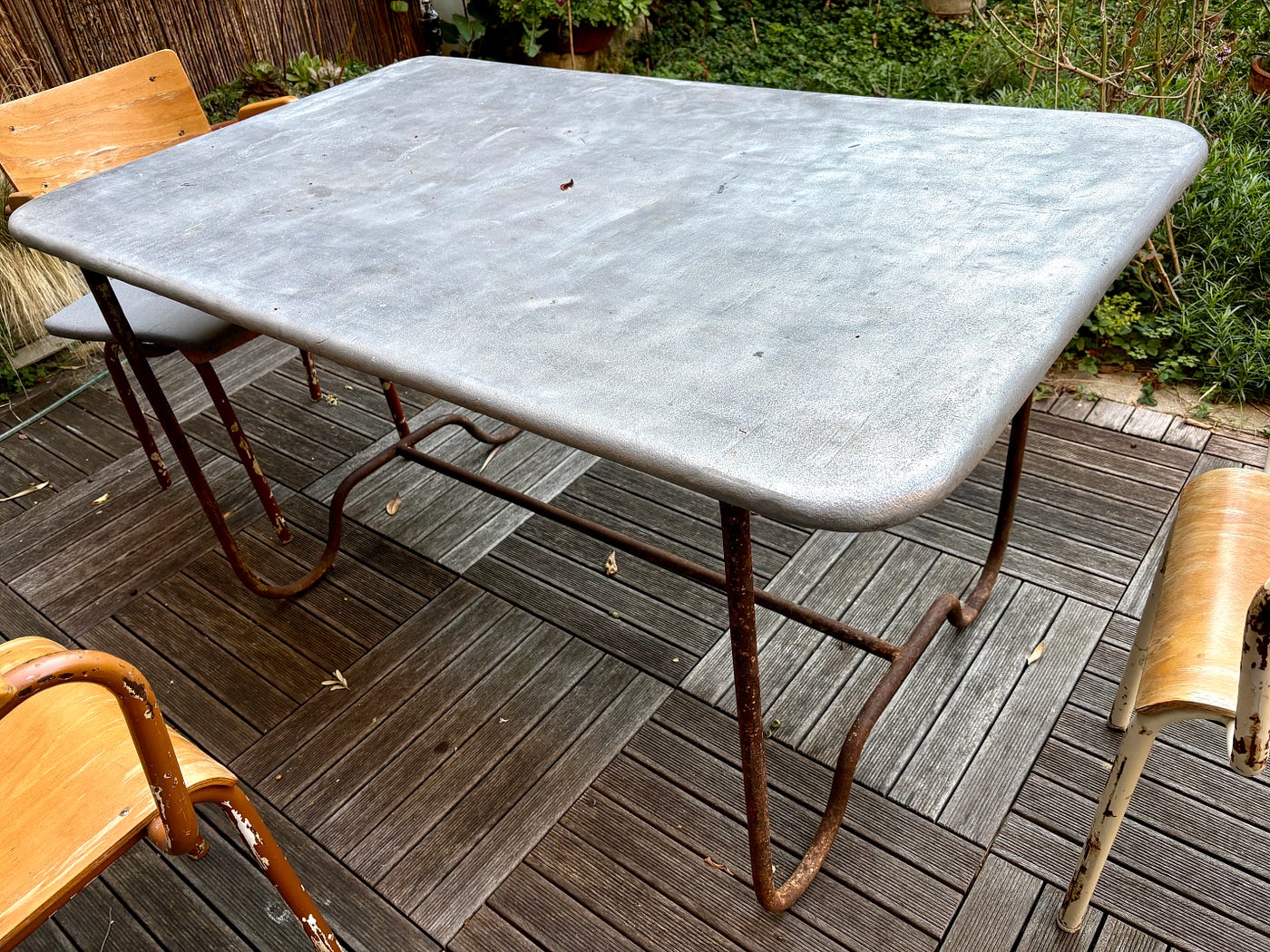
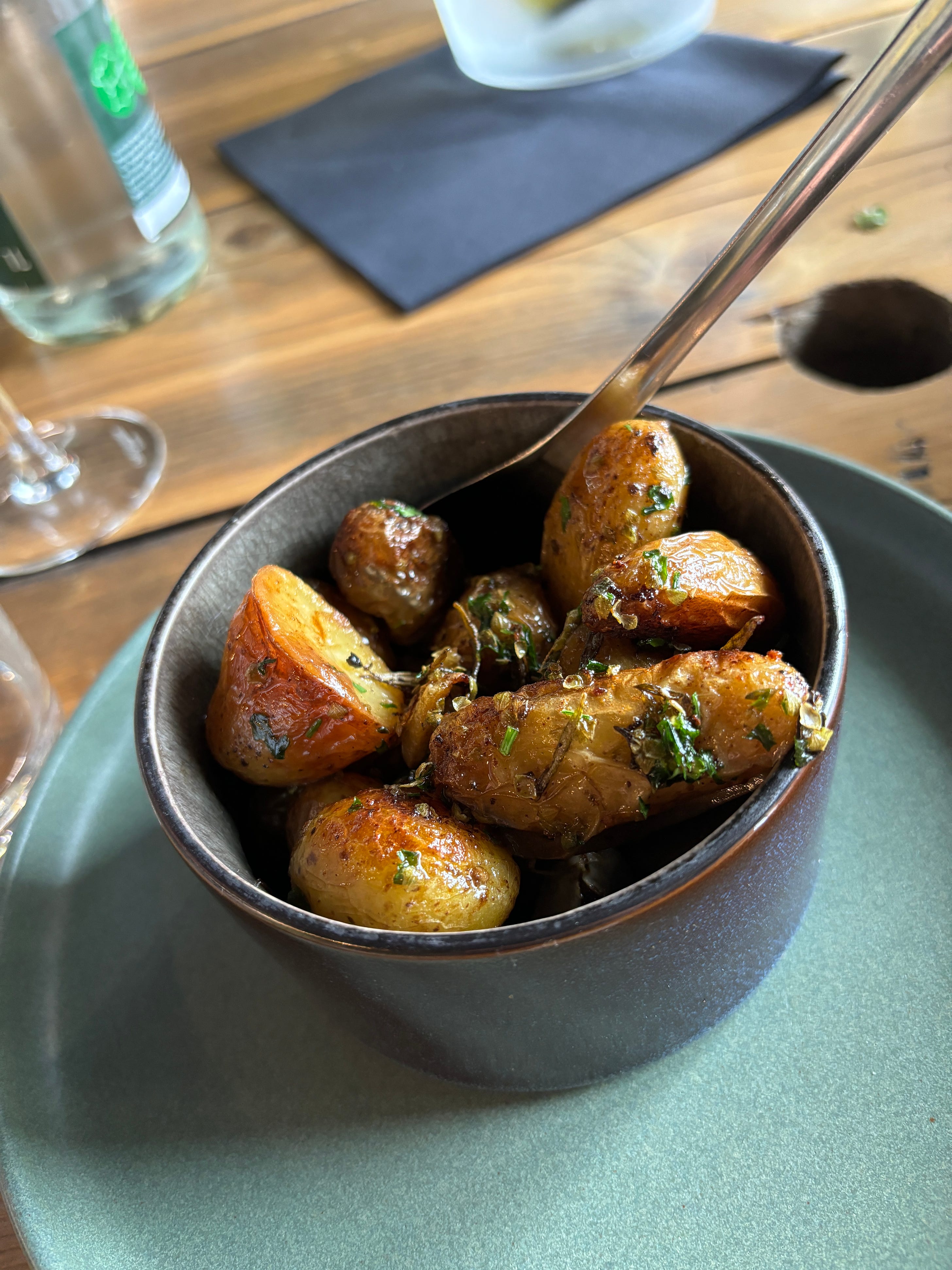
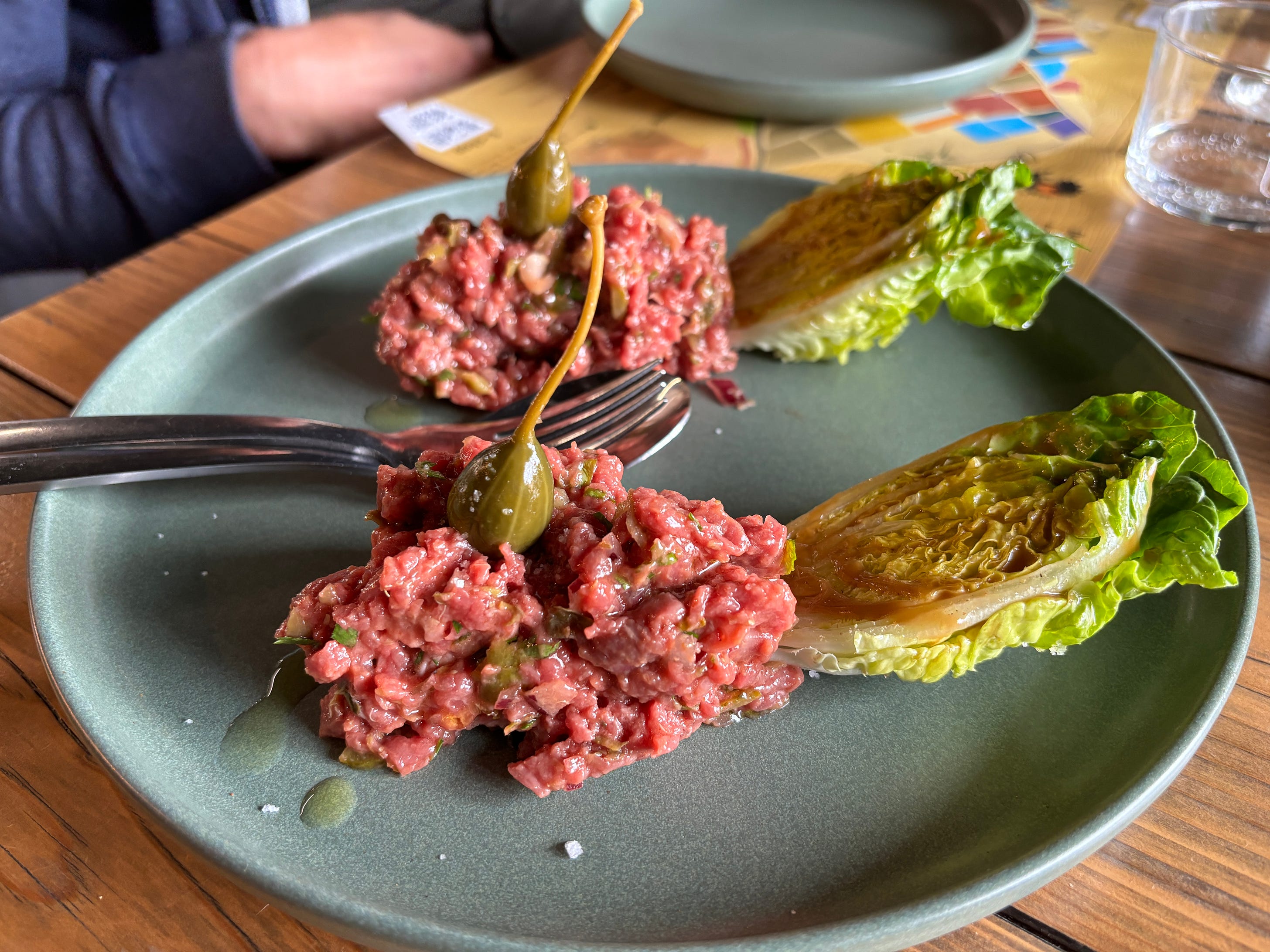
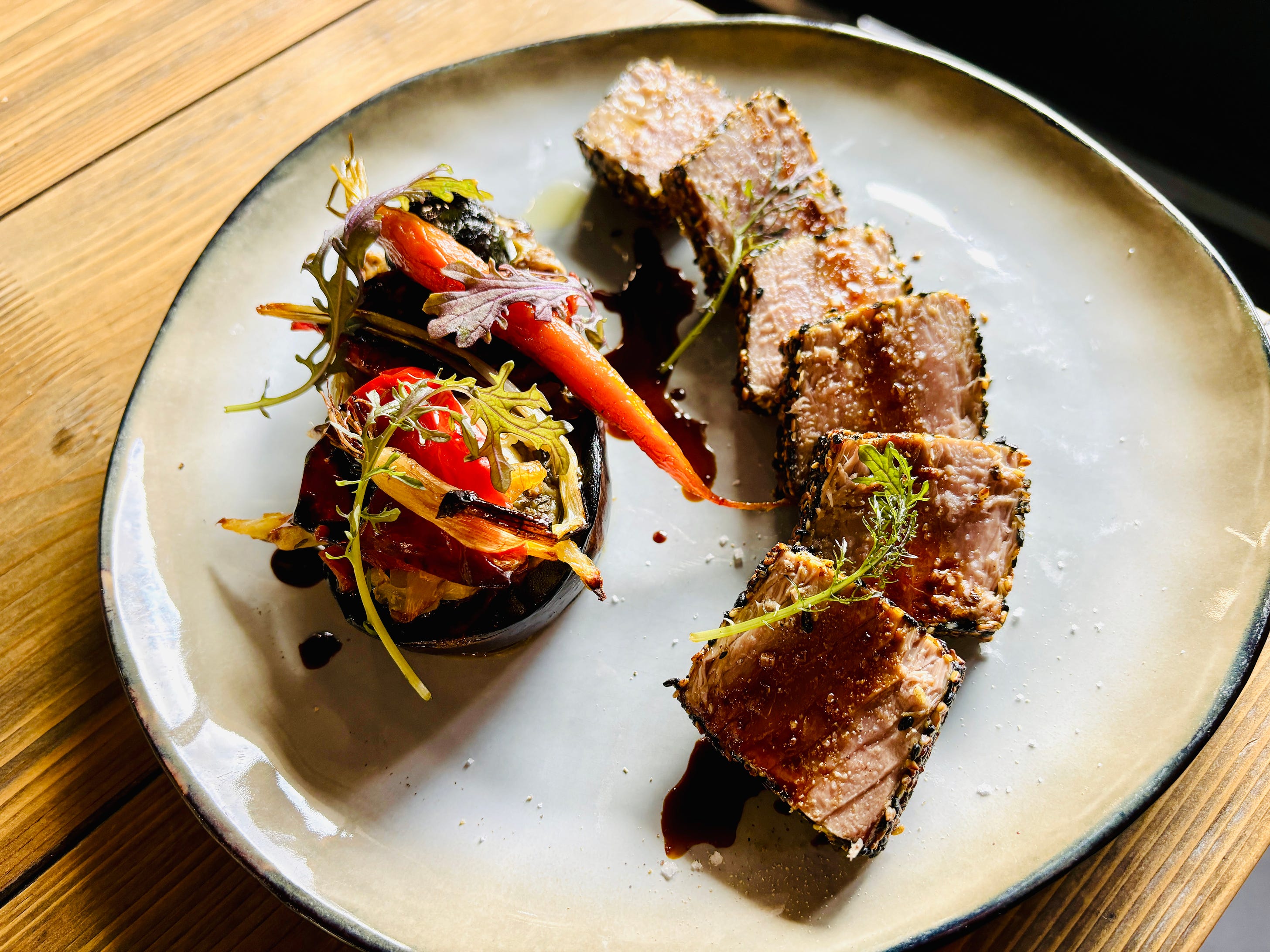
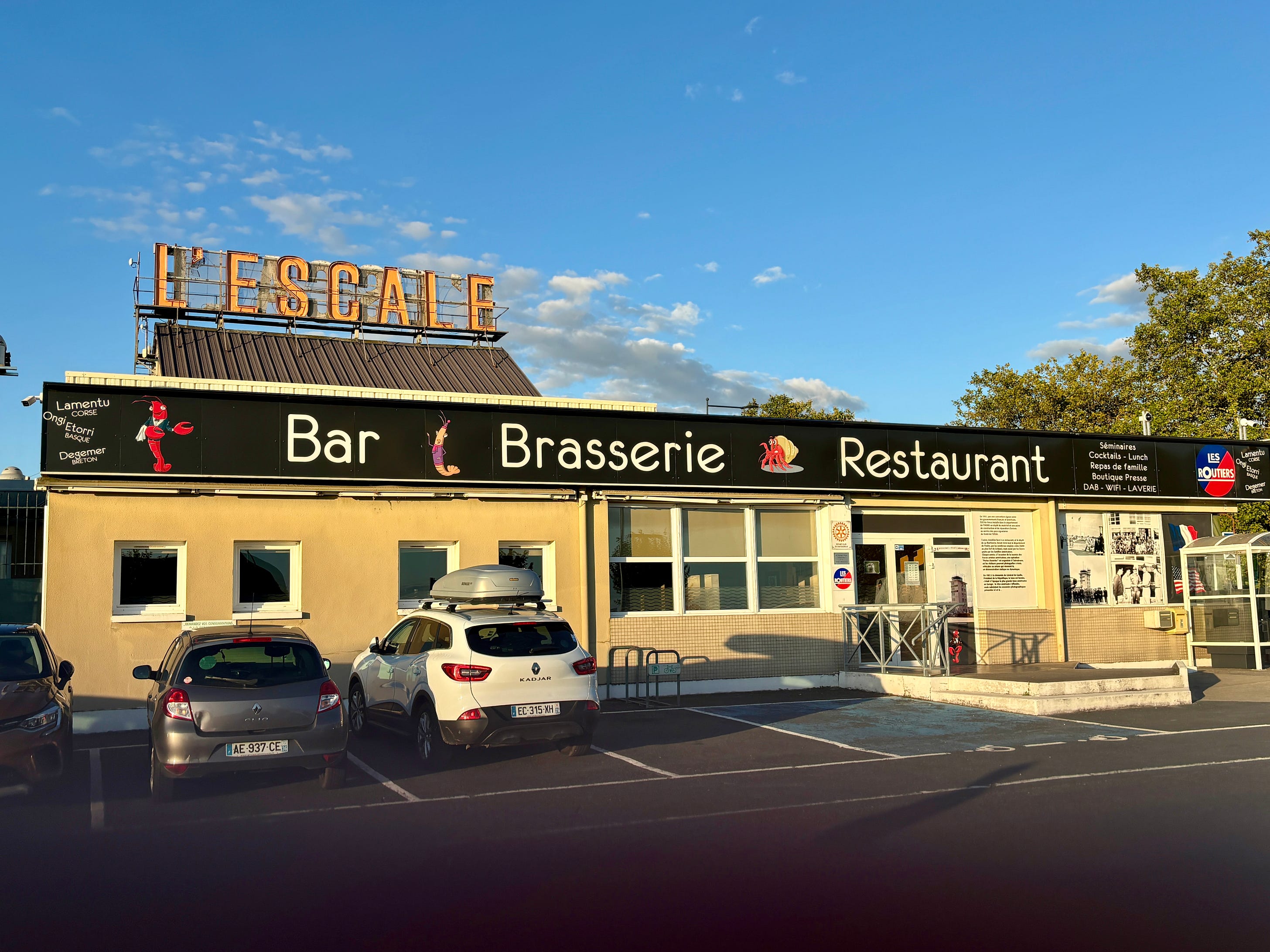
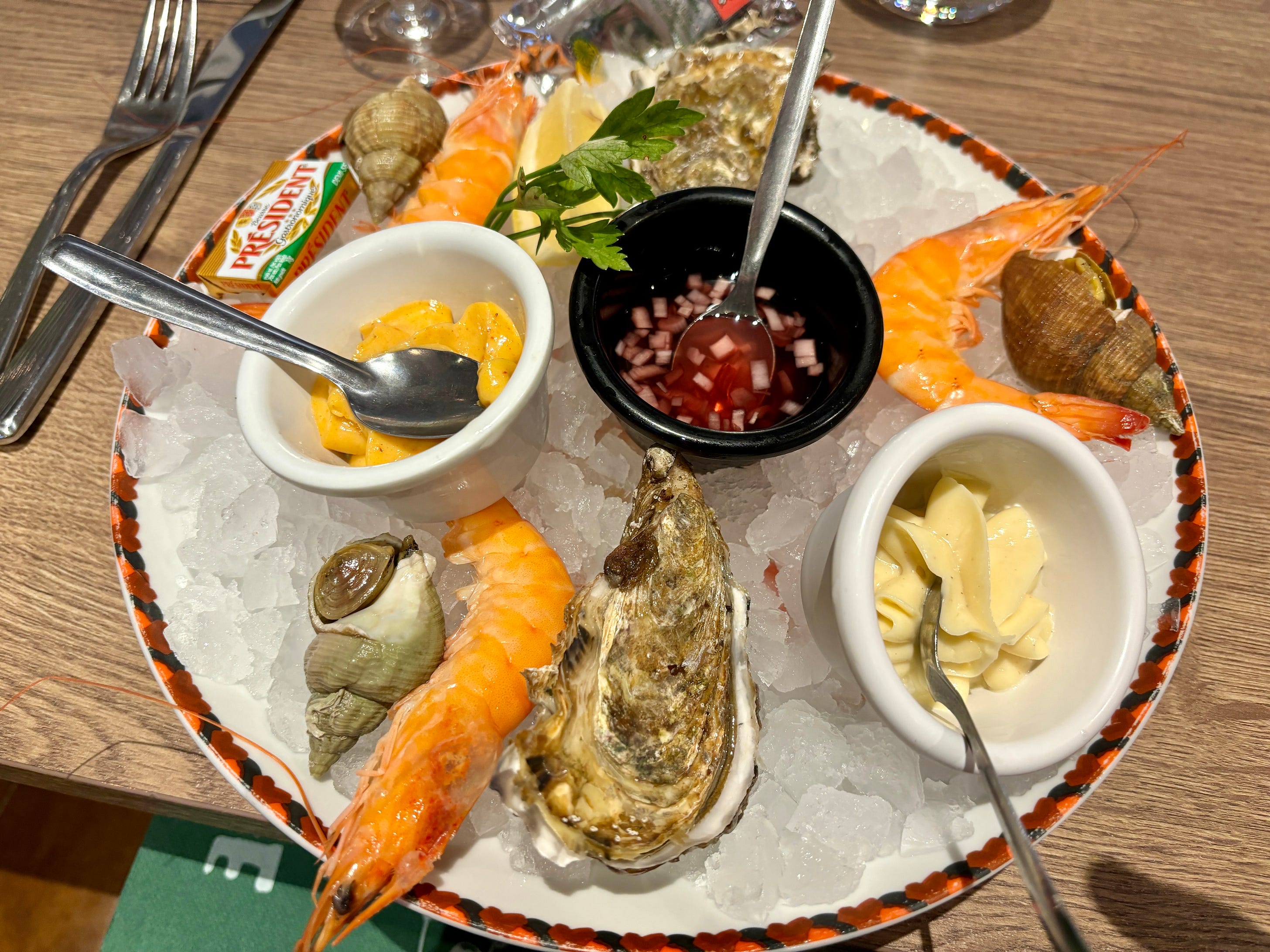
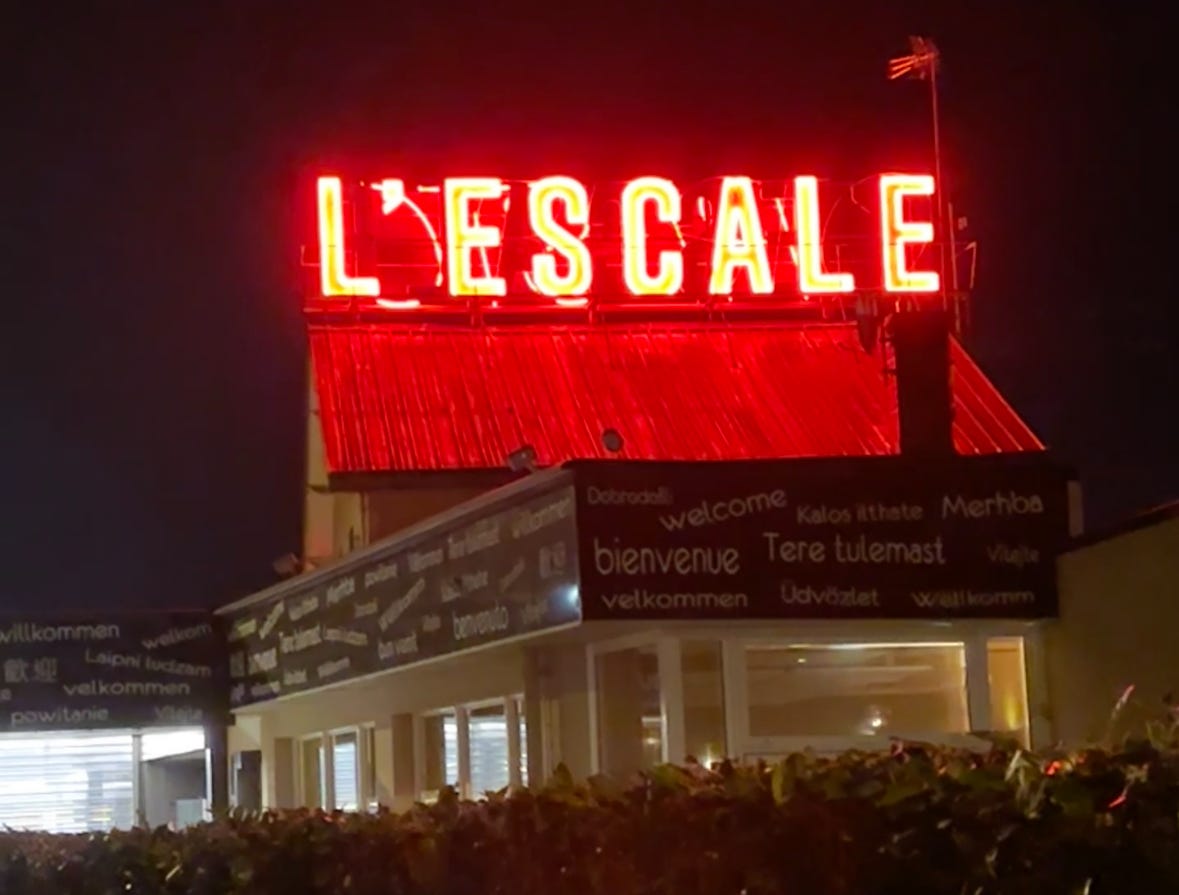
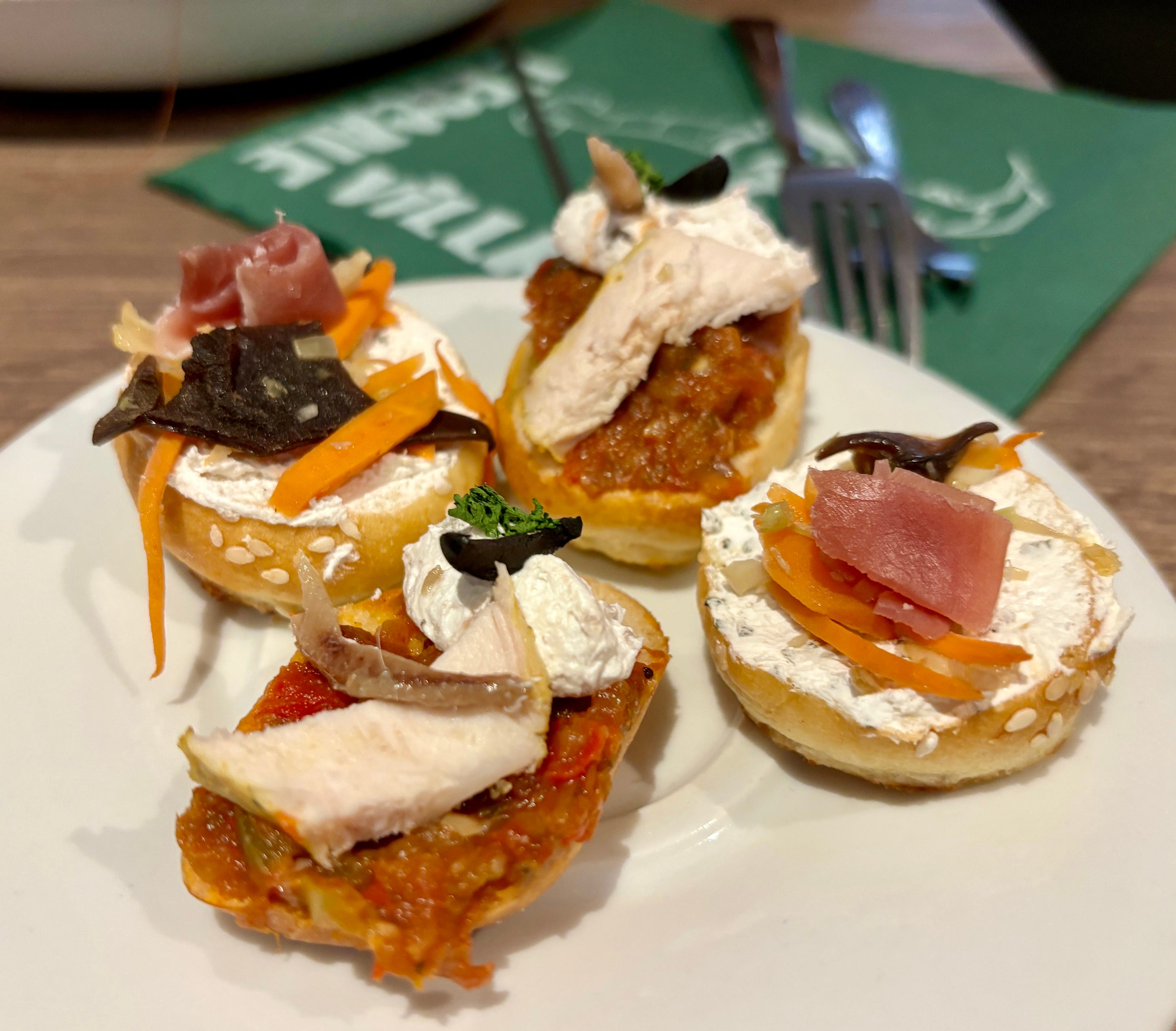
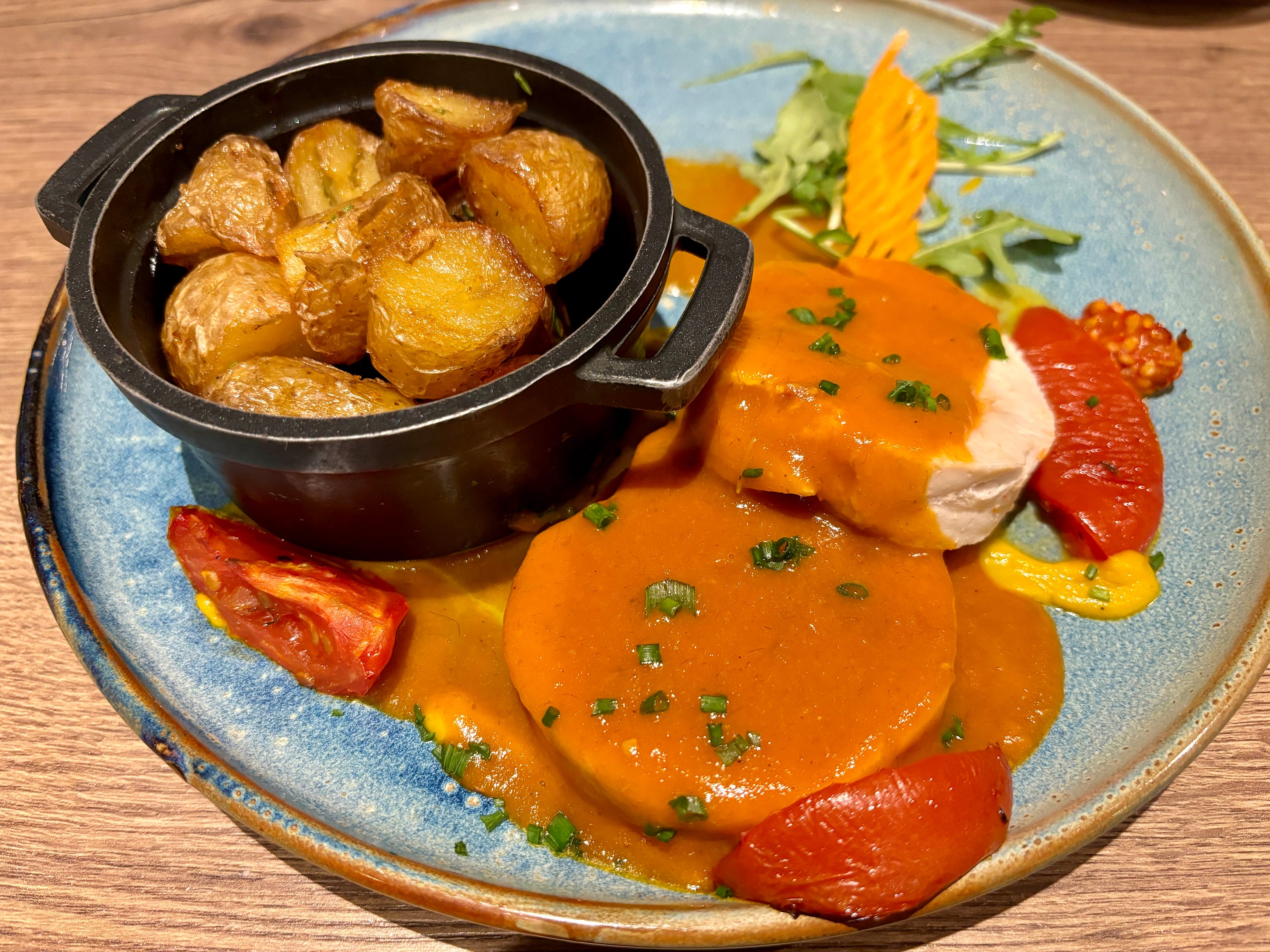
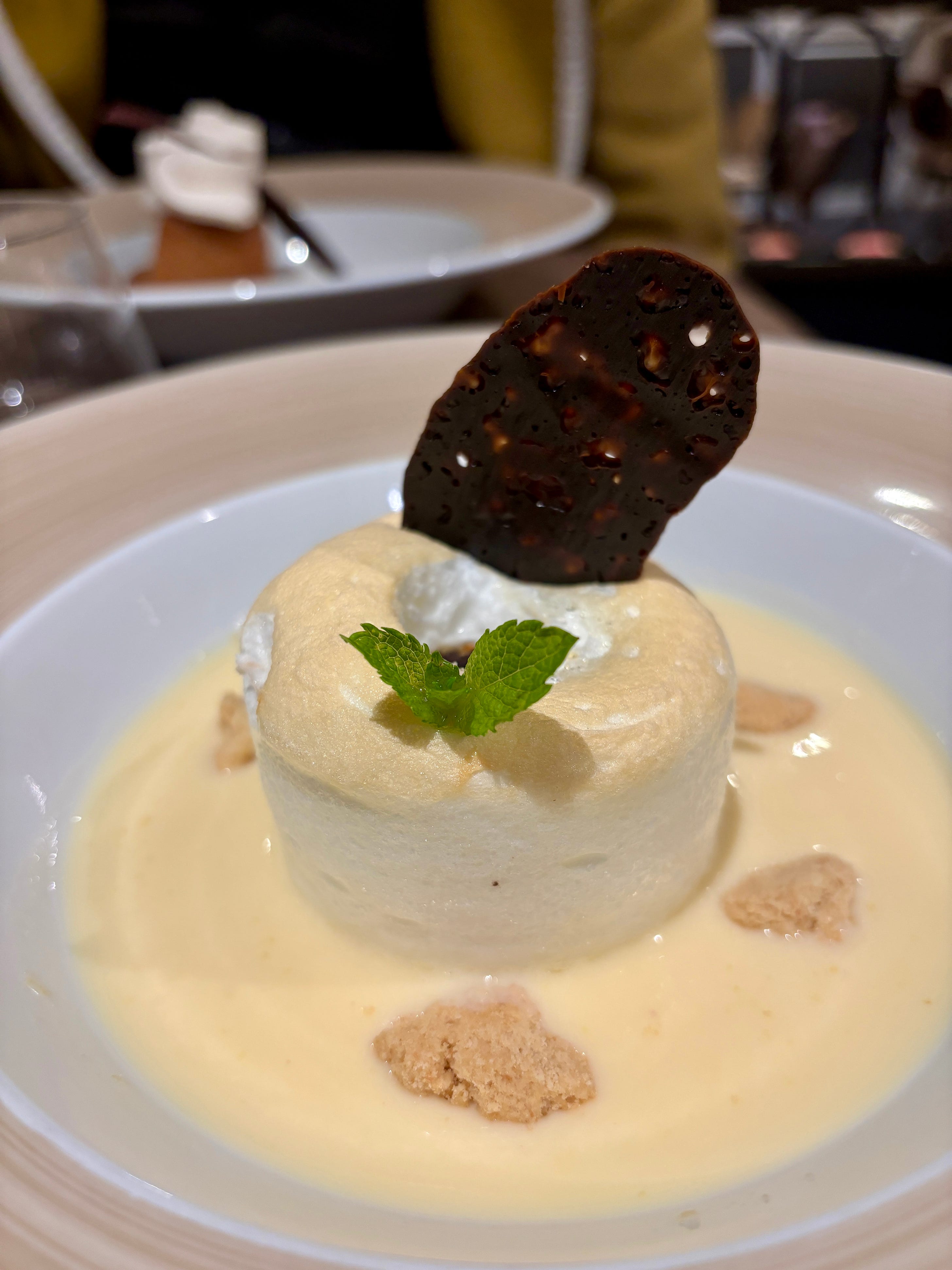

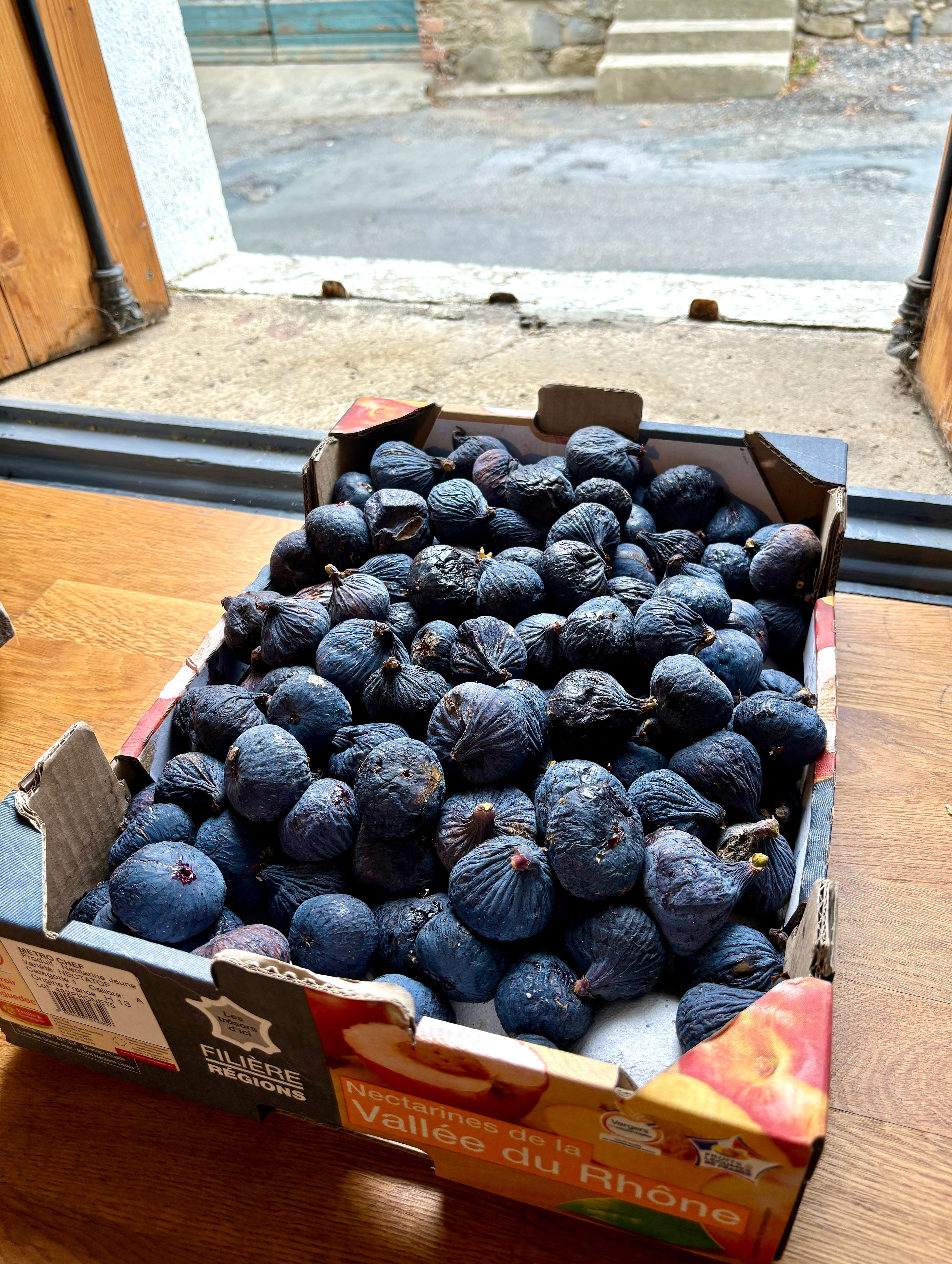
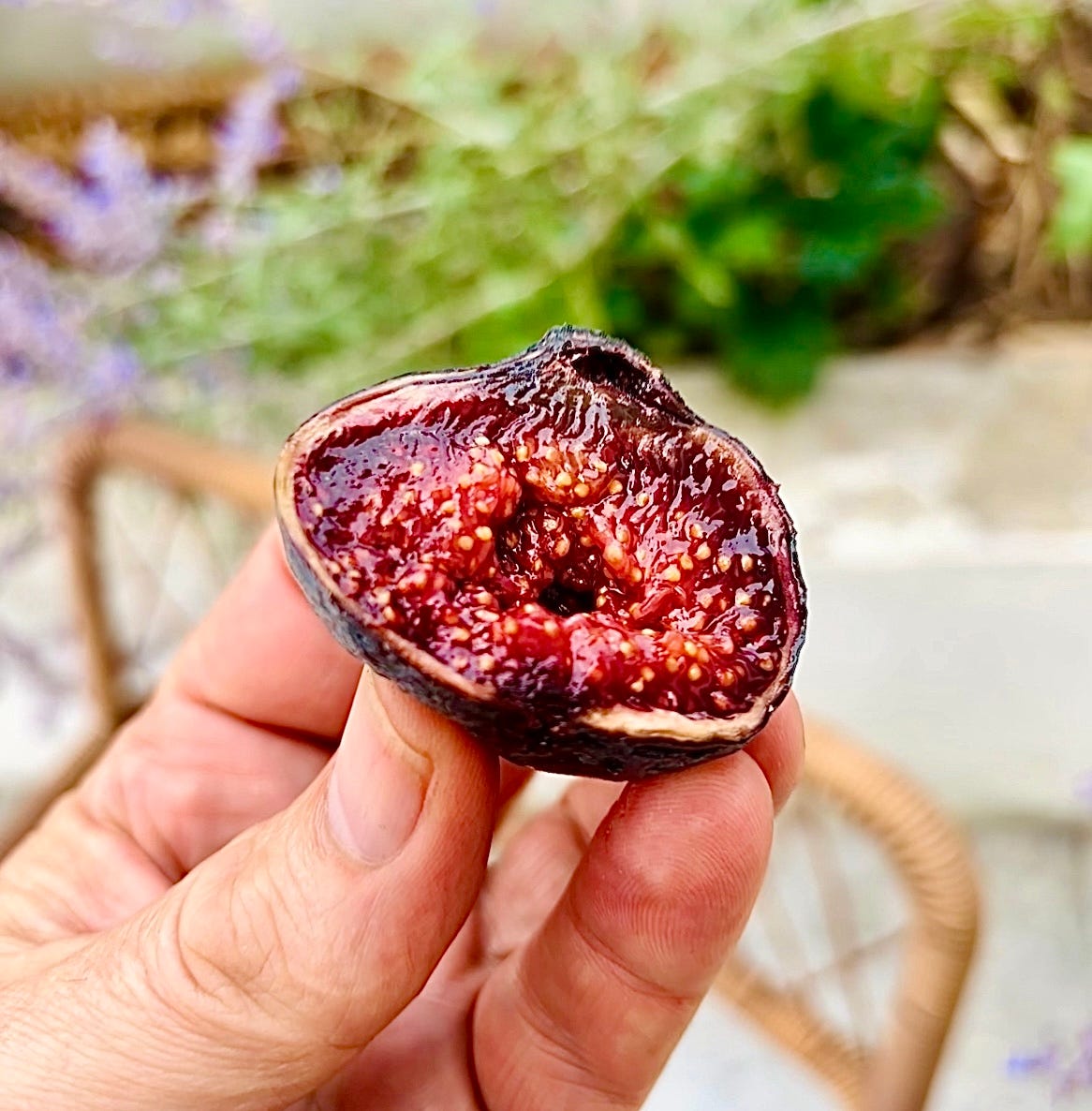
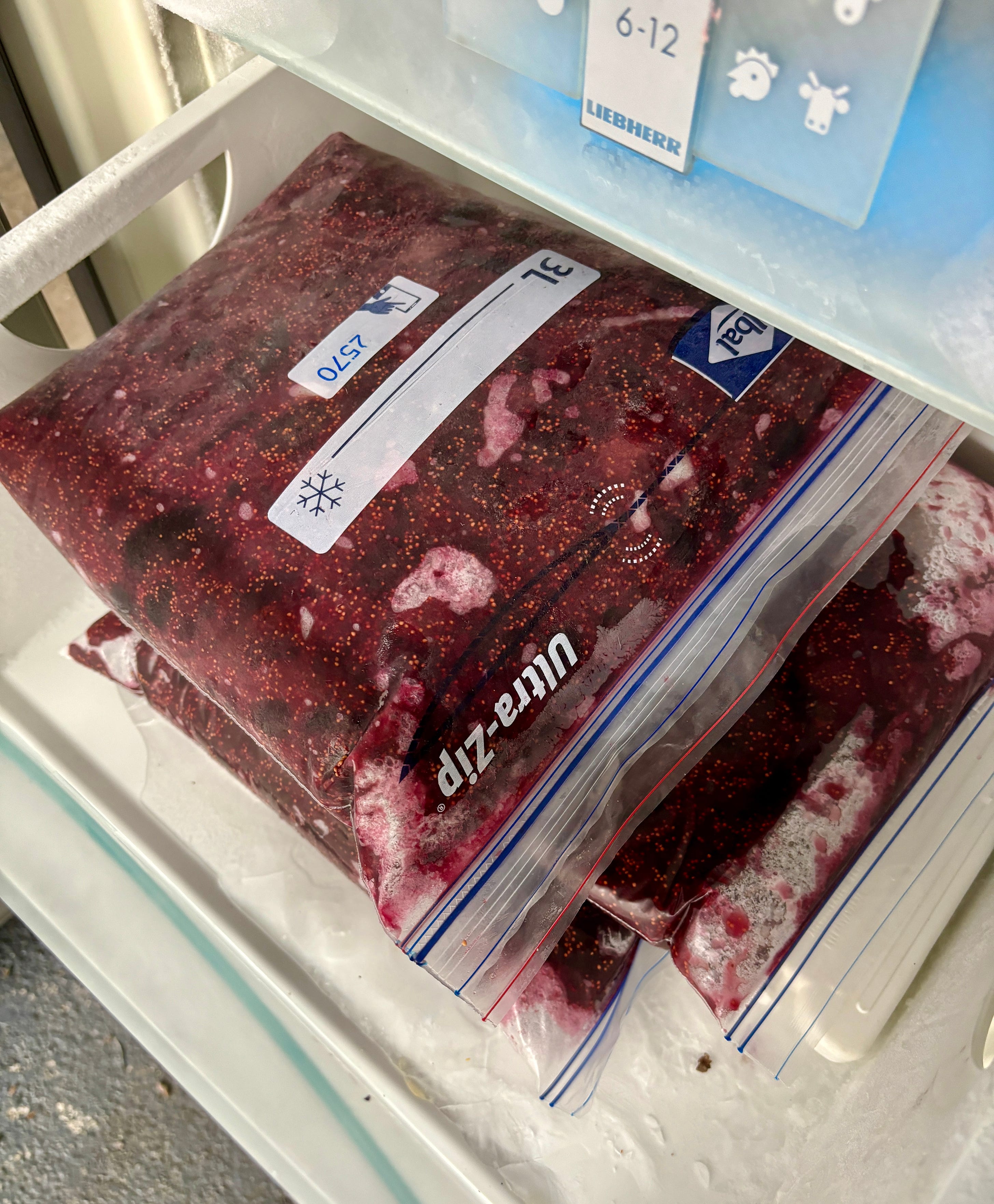
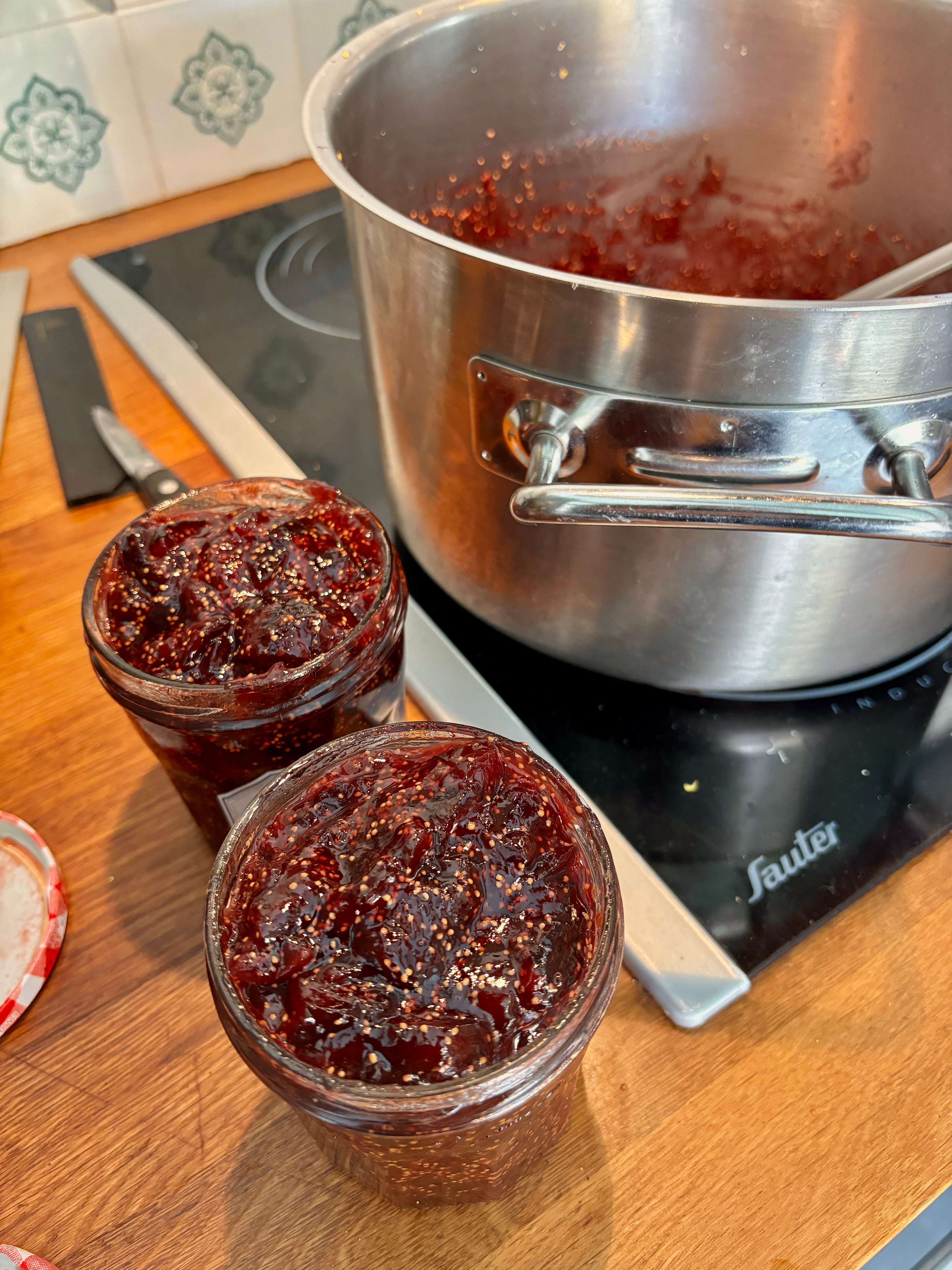
No comments:
Post a Comment